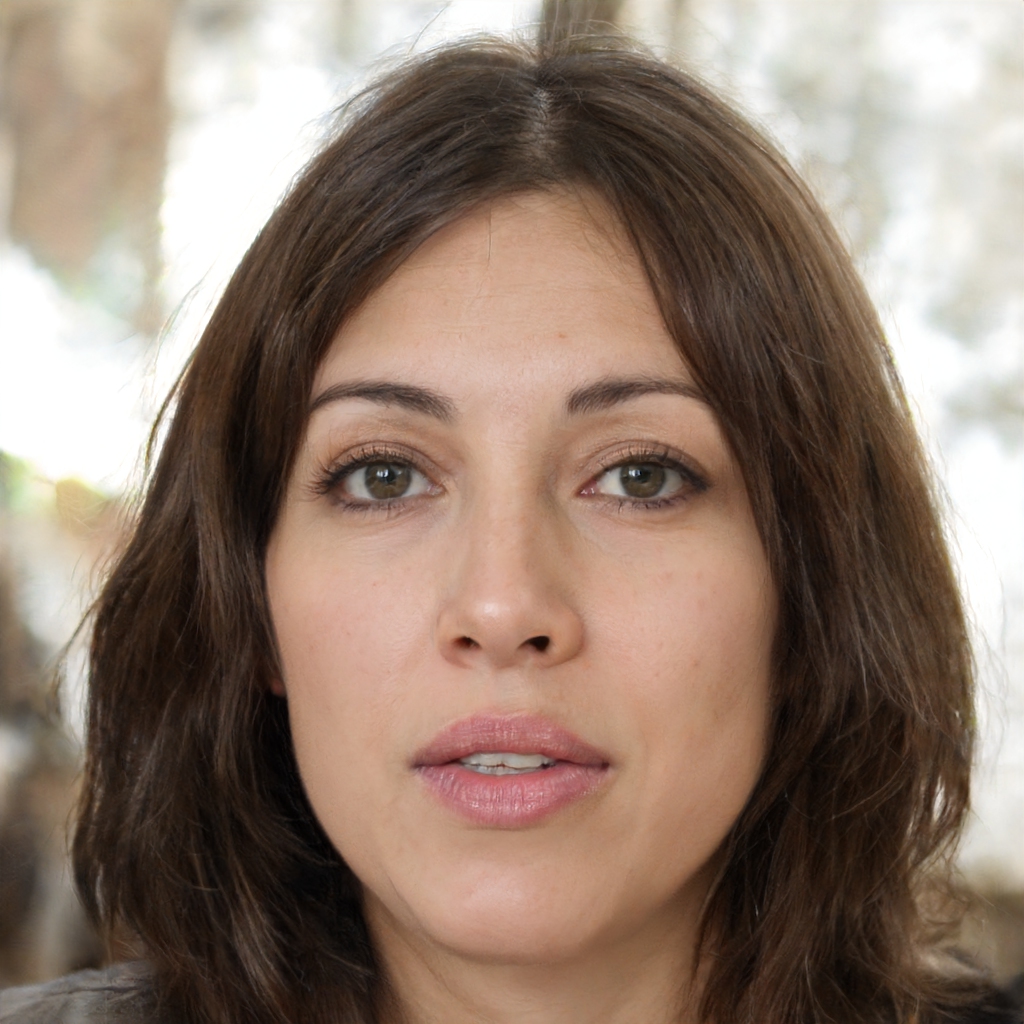Index
ToggleWhat are hallucinations?
According to the dictionary of theRoyal Spanish Academy (RAE), in its second meaning conceptualizes hallucination as the “subjective sensation that is not preceded by impression in the senses“. (1)
For other authors such asBenjamin Ball(2), hallucination is a perception without object to perceive, although hallucinations do not always have the characteristics of perceptions.
In any of the above conceptualizations, the common denominator is the lack of real existence of an external stimulus to which sound, smell, taste or visualization can be associated, without the participation of the senses.
Note: The phenomenon of hallucinations can occur, for example, to an excess of dopamine in the brain (oneof the hormones of happiness), which causes complex psychiatric disorders or lesions located in the temporal lobe.
What are the types of hallucinations?
Due to the variety of dysfunctions that can occurdue to the subjective perception of stimuli, we mention below the most frequent types of hallucinations:
1. Visual hallucinations
To highlight: This type of hallucination is very common in patients who suffer from mental disorders, such as in the psychopathology of schizophrenia (3) , paranoia , Delirium or in elderly people with Charles Bonnet Syndrome . (4)
2. Auditory hallucinations
In this sense, a person with auditory hallucinations claims to hear something like sounds, voices, noises, among others, constituting false sensory information erroneously created by the brain .
You should know: This symptom is very common in people with psychotic-type disorders and in healthy people with depressive or anxiety states .
3. Olfactory hallucinations
A rare type of hallucination corresponds to olfactory hallucinations, also called Phantosmia , which causes the person to perceive odors that are not present in the surrounding environment .
This type of hallucination can vary between people and the patient can manifest the presence of odors that are supposedly perceived by one or both nostrils and can be pleasant or unpleasant.
Note: Some scientific articles acknowledge the presence of olfactory hallucinations in various pathologies, from organic disorders such as temporal lobe seizures to psychiatric disorders. (5)
4. Taste hallucinations
Another Very rare form of hallucination is gustatory hallucinations, which consist, like the rest, of the subjective perception of flavors that are not present in the patient’s mouth or palate and are often confused with olfactory hallucinations.
To highlight: These occur when the patient is usually suffering from a personality disorder , such as depression, and generally manifests perceiving unpleasant flavors .
5. Tactile hallucinations
This type of hallucination, also known as Haptic Hallucinations , is very rare and refers to the false perception of being touched or of having something under one’s skin and there are also sensations of electric shocks or tingling in the body.
You should know: People who have had a limb amputated suffer from a condition called “Phantom Limb” , a situation in which they can still experience the presence of the amputated limb in the body and it is a form of tactile hallucination in healthy subjects.
6. Proprioceptive hallucinations
Proprioceptive Hallucinations or posture hallucinations are those that refer to those false experiences in which individuals manifest floating, flying or feeling out of their body.
Note: This condition occurs frequently in those people who abuse psychotropic substances such as hallucinogenic drugs or consume alcohol excessively.
7. Hypnagogic hallucinations
that are outside reality.
To highlight: These perceptions correspond to experiences that the patient has suffered in the recent past and are associated with other pathologies such as Narcolepsy ((7) , Sleep Paralysis (8) and anxiety.
8. Hypnopompic Hallucinations
In this case, Hypnopompic Hallucinations correspond to another type of complex hallucination and, like hypnagogic hallucinations, the patient claims to generally perceive auditory and visual sensations, but this time it occurs during the transition from sleep to wakefulness, that is, when wake up.
There is no specific pathology related to them, although factors such as stress and fatigue can affect their appearance and can occur in healthy subjects.
You should know: The phenomena of hallucinations are very common, it can even occur in people without previous pathologiesand according to scientific studies, hypnagogic hallucinations are more frequent than hypnopompic ones. (9)
Key Conclusions
- Hallucinations aresubjective sensationsin which the senses do not intervene.
- The types of hallucinations also correspond to thelack of actual existence of an external stimulus.
- Hallucinations arisebecause of endogenous factors, which are specific to the patient such as diseases, traumatic injuries among others.
- Hallucinations, in any of its types, can also occurin healthy people.

University Professional in the area of Human Resources, Postgraduate in Occupational Health and Hygiene of the Work Environment, 14 years of experience in the area of health. Interested in topics of Psychology, Occupational Health, and General Medicine.
